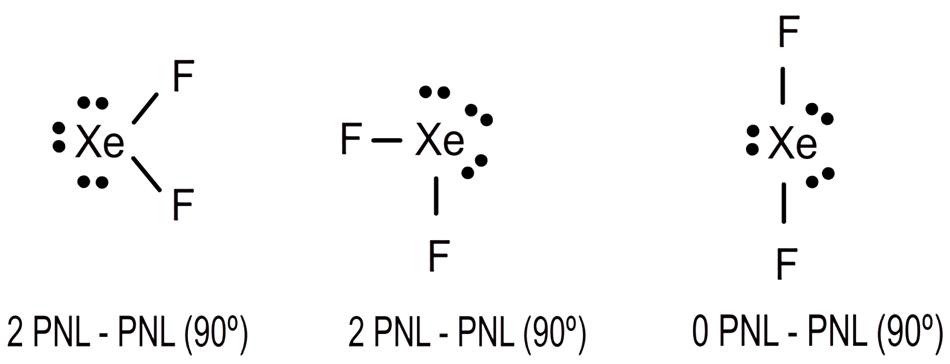

Moreover, these electrons are closer to each other as well which generates repulsion as a result of increasing the angle.

This can be studied with the help of the Valence Shell Electron Pair Repulsion theory which says the oxygen atom has more electronegativity than chlorine due to which the shared electrons are closer to the oxygen atom. The bond angle between oxygen and chlorine atoms (O-Cl) is 110.9° which gives the molecule a bent or V-shaped. Through the molecular geometry diagram, one can study hybridization, polarity, and molecular orbital structure of the molecule determining the behavior of the valence electrons undergoing bond formation.

Molecular geometry is a 3D arrangement of the participating atoms within a molecule that helps with studying bond length, bond angles, and other geometrical parameters associated with the atoms of a molecule. Molecular Geometry of Dichlorine Monoxide (OCl2) Step 5: Now draw the structure by assembling all the aforementioned points: Step 4: What type of bond formation taking place within one OCl2 molecule? A single covalent bond is forming between the participating atoms. Step 3: Which atom can be the central atom in one OCl2 molecule? It will be oxygen as it is present as a single entity where chlorine has two atoms. Step 2: How many more valence electrons are required by one OCl2 molecule? It is four as one is needed by each chlorine atom and two are required by the oxygen atom. Step 1: How many total valence electrons already available for one OCl2 molecule? It is 20 as 6 are coming from the oxygen atom and 7 are coming from each chlorine molecule. Now, to begin drawing the Lewis structure of dichlorine monoxide (OCl2), we need to follow a step by step approach: As the p shell needs 6 electrons in total, there is a scarcity of one electron making the total number of valence electrons for chlorine 7. On the other hand, in the case of chlorine, its atomic number is 17 where the electronic configuration is 1s2 2s2 2p6 3s2 3p5. To achieve a stable state, the p shell needs to accommodate 6 electrons so there is a scarcity of two electrons which makes valence electrons for oxygen 6. The atomic number of the oxygen is 8 where its electronic configuration is 1s2 2s2 2p4. To begin studying the Lewis structure of dichlorine monoxide, it is first crucial to study the Lewis structures of the participating chemical elements.

With this information, molecular geometry, hybridization, and molecular orbital diagram can be studied further. The structure determines how sharing of the valence electrons is taking place and whether a single, double or triple bond is forming. Lewis dot structure is a sketchy diagrammatical method of determining how bond formation is occurring within the participating atoms. Lewis Structure of Dichlorine Monoxide (OCl2) Whereas, many groups within the periodic table do not follow this rule as the outermost shell can stretch itself to accommodate more valence electrons. The 8 is a decided number as every atom wants to attain the electronic configuration of the noble gases. Moreover, as per the octet rule, an atom can have a maximum of 8 valence electrons in the outermost shell where they need only these many to stabilize their octet. The valence electrons only participate in the bond formation because they are the farthest from the nucleus of the atom due to which they do not get easily influenced by its force of attraction. The electrons present in the outermost shells are called valence electrons as they readily participate in the bond formation to form a new molecule. In addition to this, dichlorine monoxide is considered a major explosive as room temperature mixtures in the presence of oxygen can only be exploded with the help of an electric spark until there exist a minimum of 23.5% of OCl2.Ĭonclusion Valence Electrons and Octet Rule Preparing dichlorine monoxide with mercury is an older approach where it is not used preferred for commercial purposes as it is expensive and possesses a higher danger of exposure to mercury poisoning. There are different methods of preparing this compound where a few of the reactions are mentioned down below: Moreover, being an anhydride of hypochlorous acid, dichlorine monoxide is a strong oxidizer as well as a chlorinating agent. As dichlorine monoxide belongs to the chlorine oxide family, it is soluble in both water and organic solvents. OCl2 is the molecular formula of dichlorine monoxide which is an inorganic compound existing as a brown-yellow gas at room temperature.


 0 kommentar(er)
0 kommentar(er)
